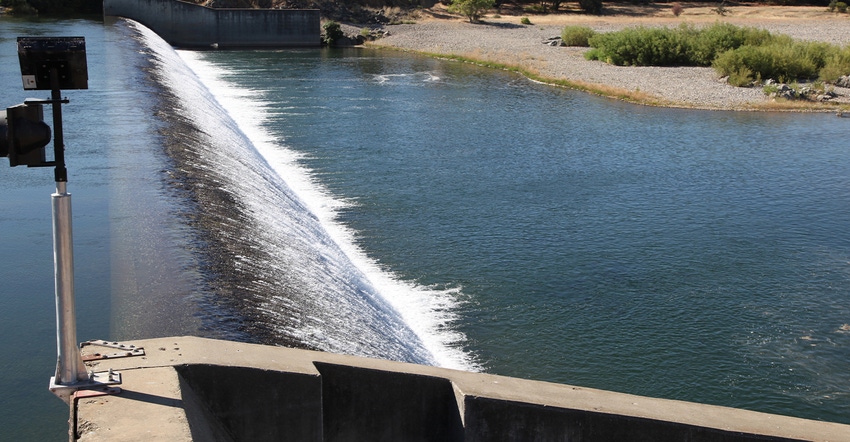July 22, 2019

The 9th U.S. Circuit Court of Appeals has announced that a case critically important to Western water users has been scheduled for oral argument on Sept. 10 in San Francisco.
Our organization joined a “friend of the court” (amicus curiae in Latin) filing in Friends of the River v. National Marine Fisheries Service and Yuba County Water Agency, et al., a case that has Endangered Species Act (ESA) ramifications for water users throughout the country. We teamed with the San Luis and Delta-Mendota Water Authority and the Coalition for a Sustainable Delta on the side of defendants NMFS and Yuba County Water Agency.
Our argument: The scope of ESA Section 7 and liability under ESA Section 9 do not extend to the presence of dams already built at the direction of Congress.
The environmental organization Friends of the River (FOR) last year continued litigation against the United States, arguing in federal court that a NMFS Biological Opinion and letter of concurrence are deficient under the ESA. Specifically, FOR argued the ESA requires the Army Corps of Engineers to consult with NMFS regarding, and to minimize impacts to, endangered fish species due to the mere existence of two federal debris dams on California’s Yuba River.
The District Court previously ruled that the effects of the presence of dams that an agency has no discretion to remove are properly assigned to the environmental baseline for purposes of consultation under ESA Section 7, and are not deemed effects of the proposed agency action. The District Court further ruled that an agency is not liable under ESA Section 9 for species “take” — doing almost anything that affects a single animal or its habitat— caused by an existing structure that it has no discretion to remove.
Talking future effects
FOR is challenging both rulings, arguing the future effects of the presence of the dams should be deemed effects of the action, and that the Corps is liable for take related to the presence of the dams.
The consequences of an adverse decision in this litigation could be significant. If FOR’s lawsuit is successful, federal agencies and others may be compelled to make costly modifications to dams, roads, bridges, airports, flood-control levees, harbors, and other essential societal infrastructure and their operations. The owners or operators of such existing infrastructure could also be held liable for harm caused to endangered species by the mere ongoing presence of the existing facilities.
If the plaintiffs prevail, completed federal water projects throughout the West would be left in a tenuous and vulnerable position.
Our amicus brief filed with the 9th Circuit addresses how effects on listed species arising from the existence of dams are addressed by the federal ESA, and the importance of that issue to federal and nonfederal water projects across the Western states.
This case presents direct risks to owners and operators of dams and other infrastructure, and those who rely on these facilities. In view of these risks, it is critically important that the 9th Circuit rule in favor of the federal defendants and affirm the District Court’s judgment.
Keppen is executive director of the Family Farm Alliance.
About the Author(s)
You May Also Like




